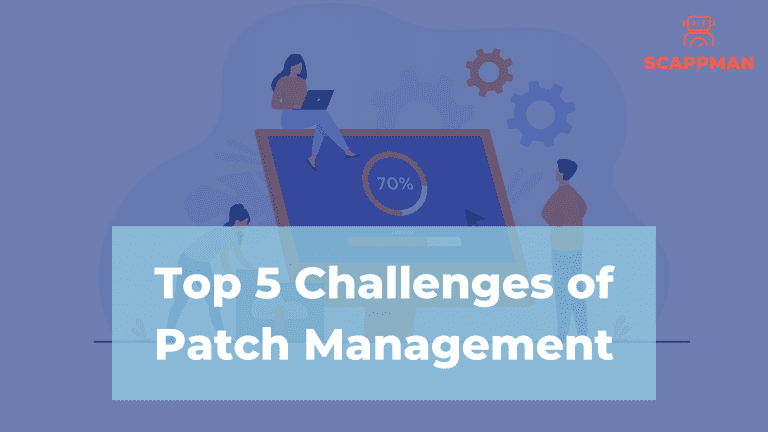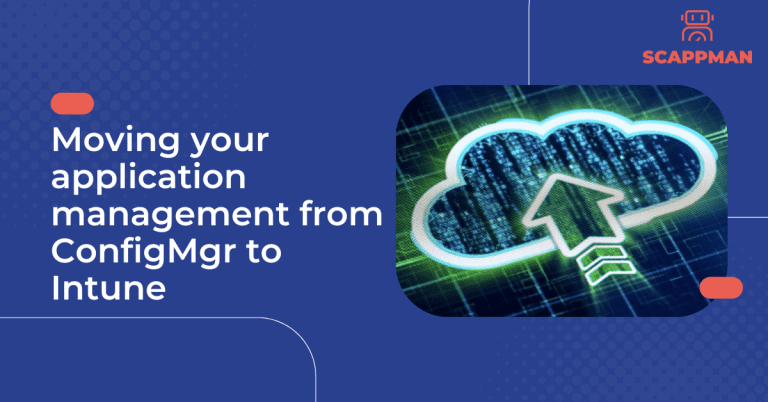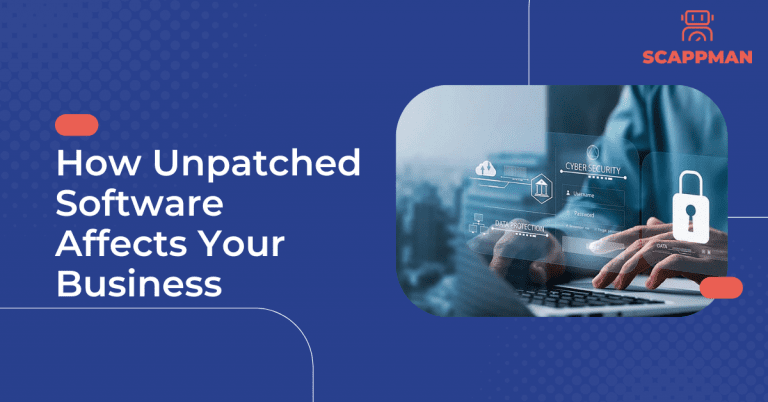One of the better cybersecurity practices is updating software regularly. Regardless of your industry, it’s essential to keep your software up to date to protect your organization from breaches. According to a study conducted by Ponemon Institute for ServiceNow, 60% of cyberattacks are caused because applications are not up to date. Despite the importance of patch management, many companies are still struggling to patch applications effectively.
Companies face some challenges when it comes to patch management, but they aren’t impossible to overcome.
Common Patch Management Challenges
1. Time-consuming
According to the Ivanty report (2021), 71% of IT and security professionals find patching complex and time-consuming. To prove this, let’s discuss the patch process cycle. Organizations must continually identify and assess vulnerabilities, monitor and test patches, and deploy the patches to their systems. Based on the Ivanty survey results, IT & security professionals spend 53% of their working time each month detecting and prioritizing vulnerabilities and 19% testing patches.
The biggest problem here is how to find out if there is an update available. Many people think of something like Patch Tuesday with Microsoft. However, it’s not like that in most cases – there is no system.
And let’s consider this: for example, Chrome releases a full OS update about every four weeks. Minor updates, such as security fixes and software updates, happen every 2–3 weeks. Only for patching Google Chrome, an IT specialist must go through the patch cycle 2-3 times a month. But what about other applications? On average, a company uses 110 applications (Statista, 2021). It’s difficult to calculate how much time IT admins should spend on patching all the software to prevent the companies from breaches.
2. Lack of IT Inventory Management
Another common patch management challenge is the lack of understanding of what software companies’ endpoints actually have. This problem has become harder to deal with as companies move to remote work. Implementing asset control and an accurate inventory system is a good solution. With a detailed asset list, it’s possible to have a complete picture of your company’s IT infrastructure and what endpoints and applications are vulnerable. This makes it easier to prioritize assets and applications for faster patch deployment. To address this challenge, you can use Microsoft Threat and Vulnerability Management tool (TVM), one of the security pillars of Microsoft Defender for Endpoint. It aims to identify vulnerabilities and misconfigurations in real-time and prioritize them based on the need of the threat landscape. Read more about Microsoft TVM in this blog.
3. No desire to deploy every patch
Implementing an inventory management solution can cause another challenge – only highly prioritized vulnerabilities will be patched. This doesn’t solve the problem entirely – your company’s endpoints are still at risk, and there is no guarantee that you won’t be hacked.
4. Patch failures
72% of managers are afraid that applying security patches right after release could “break stuff.” That’s true: there is a risk that some things can go wrong with updating software. This can occasionally happen, even if the vendor extensively tested a patch before a patch was released to the public. Sometimes, the reason for a patch failure is that you install the patch and forget to reboot the system.
To address this challenge and not “break everything,” you must test the updates first in a test environment and then deploy them.
5. Vulnerability management
It’s essential to remember that patching does not always mean managing vulnerabilities. Even if all the patches are deployed, a new vulnerability can always become a hole for some of these flaws. Once the patch is deployed, new vulnerabilities will likely appear, and you patch it again. Patching is a catch-up game where you’ll always be behind.
How can you automate patch management? Use Scappman!
Scappman is a 100% cloud solution that automatically installs all the necessary updates for your applications. Scappman automates the whole cycle of patching: Scappman scraps the installed applications for the new version, and if it’s available, Scappman tests it, creates a package, uploads it to Intune, and installs it to the assigned users.
There are more than 500 third-party applications in Scappman App Store that Scappman keeps an eye on. They are always up to date and secure to use, so you can be sure that hackers can’t use steal or encrypt your data.
To know more about Scappman and how it helps you save valuable time and keep endpoints in your organization secure just in 2 steps, book a demo with us.




